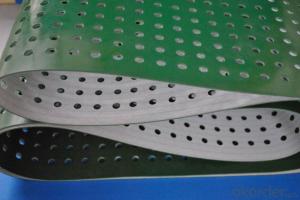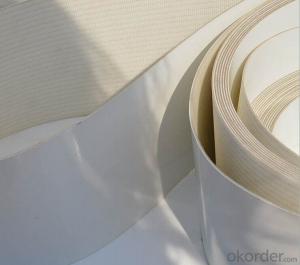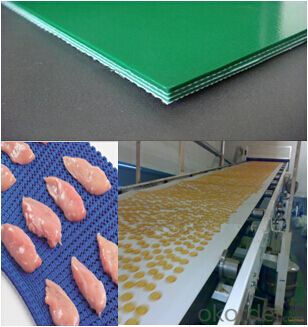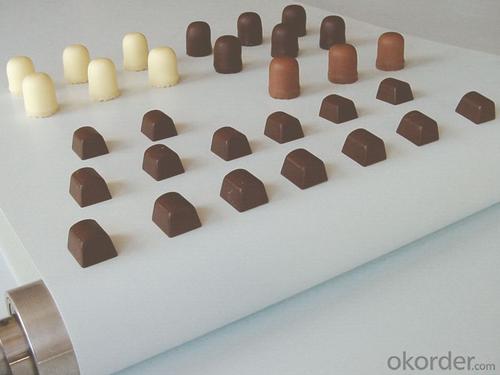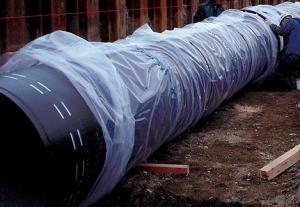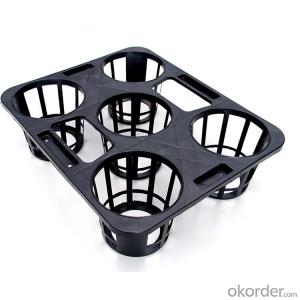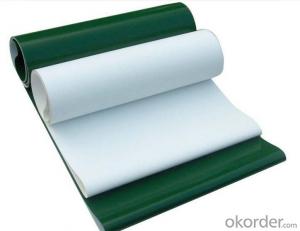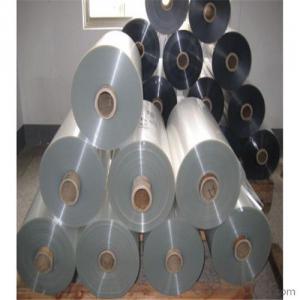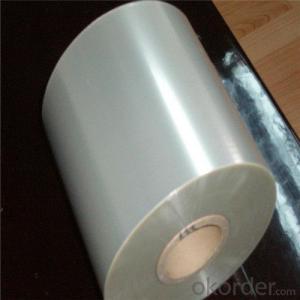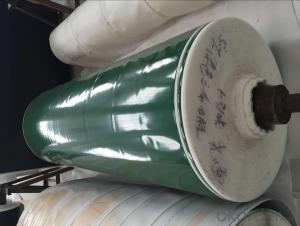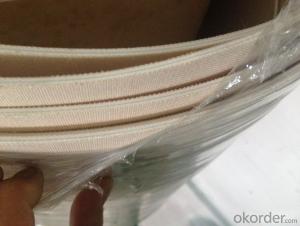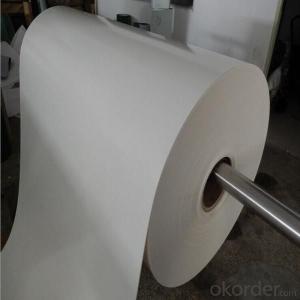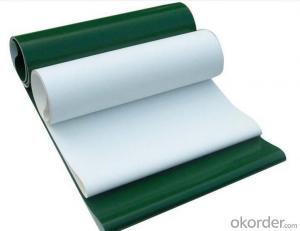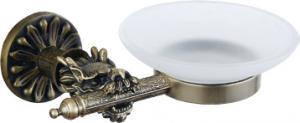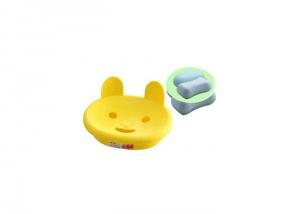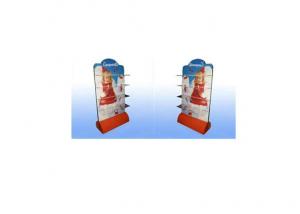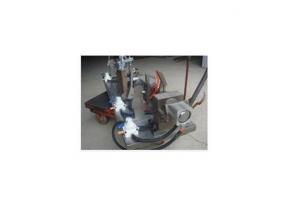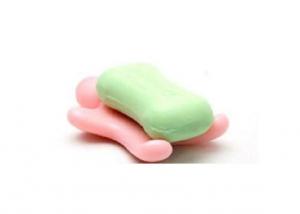Portable Light Weight PVC Food Flat Conveyor Belt Food Industry
- Loading Port:
- China main port
- Payment Terms:
- TT OR LC
- Min Order Qty:
- 10 m²
- Supply Capability:
- 5000000 m²/month
OKorder Service Pledge
OKorder Financial Service
You Might Also Like
Portable Light Weight PVC Food Flat Conveyor Belt Food Industry
The proporties of PVC Food conveyor belt
PVC type conveyer belt's upper and lower layers are PVC coating cover, single-sided tape thickness: ≥1.0mm; PVG type belt's upper and lower layers are nitrile rubber and PVC, single-sided tape thickness: 1.5mm-4.5mm.
PVC type conveyer belt's inclined angle:<16°< p="">
PVG conveyer belt's inclined angle:<20°
Specifications of PVC food conveyor belt
1.width: 300mm-1800mm
2.thickness:4mm-30mm
3.number of piles:1-6 ply
4.tensile strength:8Mpa-20Mpa
Flame retardant conveyer belt is made from the whole belt core via dipping and plastifying in polyvinyl chloride (PVC) dipping agent or sulfuration. It features largely in the high strength, large freight volume and stable conveyance performance. Besides, it is fire retardant, anti-static, shock resistant, wearable and corrosion resistant
Application
-- Food handling
-- Textile industry
-- Distribution center
-- Wood industry
-- Metal sheet industry
-- Fish/fruit industry
-- Corrugated boxboard
-- Package handling
Conveyor Belt Photos

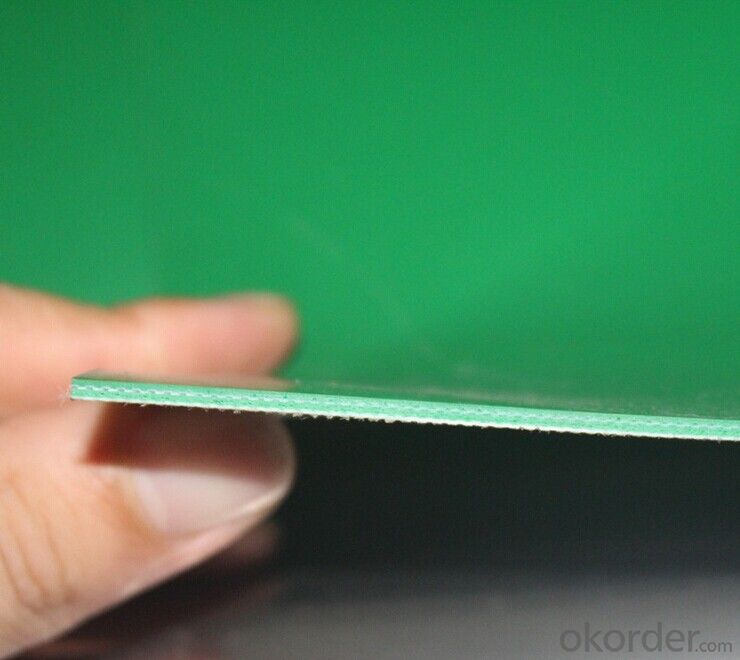
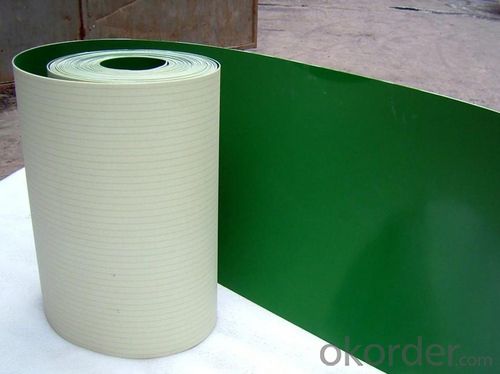
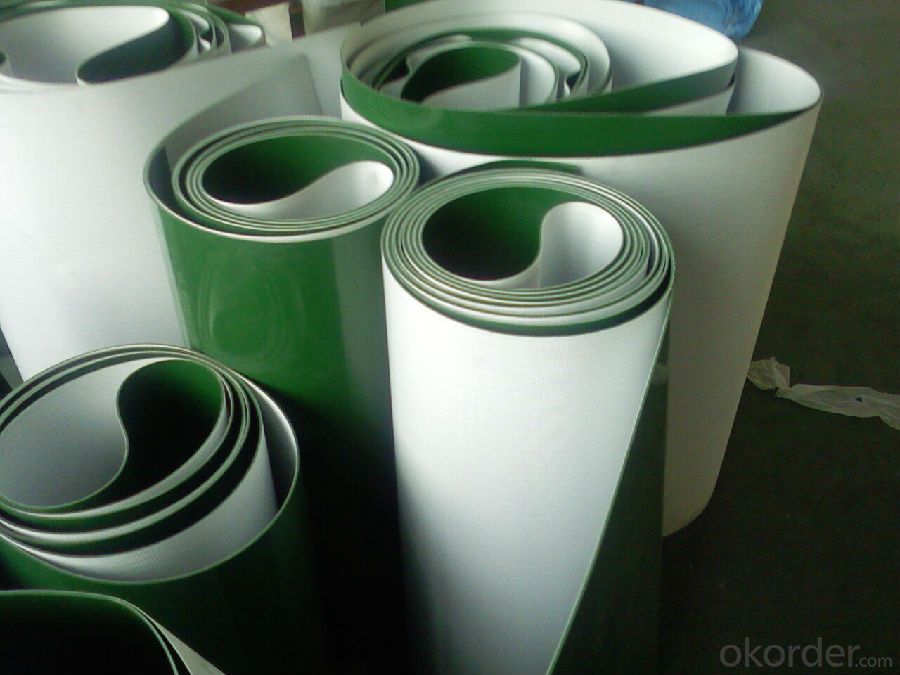
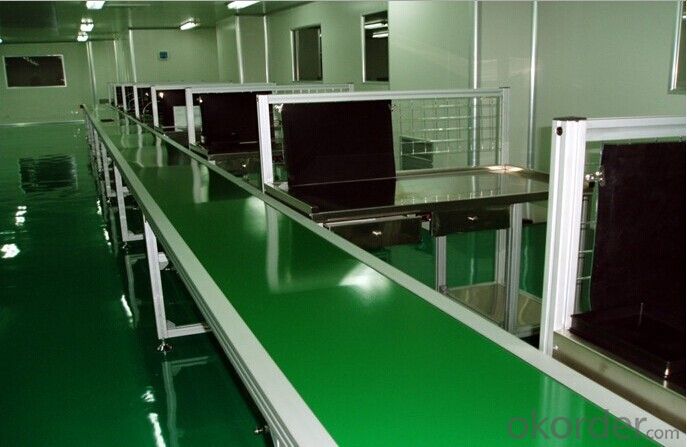
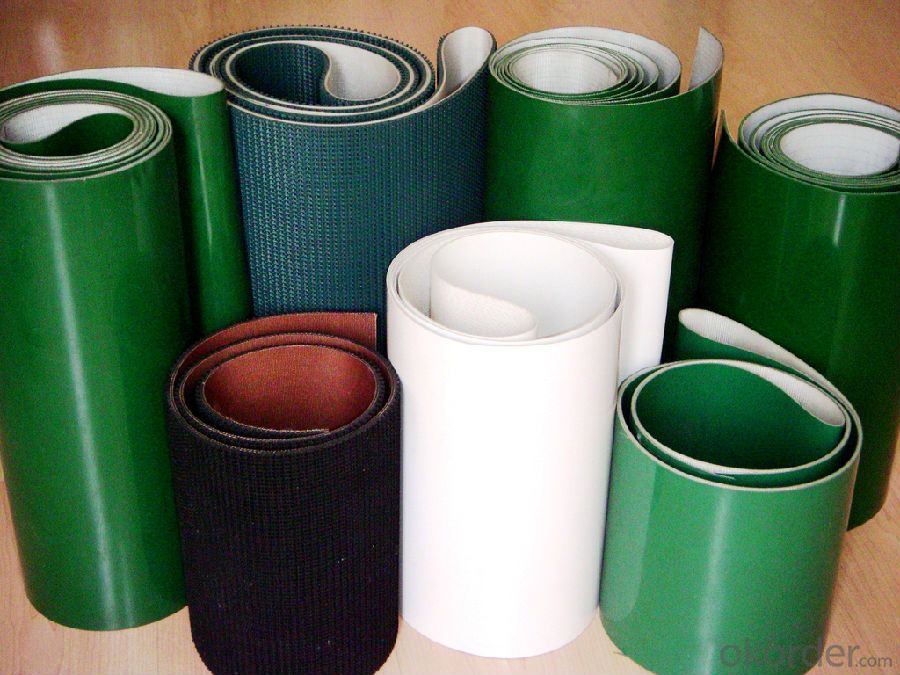
FAQ
Q: Can you do OEM?
A: Yes, we can do OEM products based on your requirements.It's no problem.
Q: How can I get some samples?
A: 1, We are honored to offer you samples. New clients are expected to pay for the courier cost, the samples are free for you, this courier cost charge will be deducted from the payment for formal order.
2, Regarding the courier cost: you can arrange a RPI (remote pick-up) service upon Fedex, UPS, DHL, TNT, etc. to have the samples collected; or inform us your DHL collection account. Then you can pay the freight direct to your local carrier company.
Q: How do you do regarding quality control?
A: Quality is priority? We always attach great importance to quality controlling from the very beginning to the very end:
1)All raw material we used are environmental-friendly;
2)Skilful workers care every details in handling the producing and packing processes;
3)Quality Control Department specially responsible for quality checking in each process.
Q.What are your payment terms?
A: Standard payment terms are 30%T/T,and balance payment before shipment.
L/C at sight is acceptable
Other payment terms can be negotiable.
If you want to find more details about the PVC conveyor belt, you could make an Inquiry in okorder.com. Okorder.com provides you the products with best price and quality!
- Q: Do olive nets affect the pollination process?
- No, olive nets do not affect the pollination process as they are specifically designed to protect the olives from pests without obstructing the access of pollinators such as bees and other insects to the flowers.
- Q: How long do olive nets typically last?
- Olive nets typically last for several years, depending on factors such as the quality of the netting material, proper maintenance, and frequency of use.
- Q: Can olive nets be used for olive tree root protection?
- Yes, olive nets can be used for olive tree root protection. Olive nets are often used to cover the soil around the base of olive trees to prevent erosion, weed growth, and to retain moisture in the soil. This can help protect the roots of olive trees and promote their healthy growth.
- Q: Are olive nets suitable for integrated pest management strategies?
- Yes, olive nets are suitable for integrated pest management strategies. These nets effectively prevent pests and insects from reaching olive trees, reducing the need for chemical pesticides and promoting a more sustainable and environmentally friendly approach to pest control. Additionally, olive nets also offer protection against adverse weather conditions and help to improve the overall quality of the olives.
- Q: How do olive nets impact the growth and development of olive trees?
- Olive nets positively impact the growth and development of olive trees by providing protection against birds and other pests. These nets shield the trees and their fruits from damage caused by birds and also prevent the loss of olives due to wind. Additionally, olive nets create a microclimate that helps maintain optimal moisture levels in the soil and minimize water evaporation, promoting healthy root development. Overall, the use of olive nets ensures better yields and enhances the overall growth and development of olive trees.
- Q: Can olive nets be used for olive tree water conservation?
- No, olive nets are used for harvesting olives, not for water conservation.
- Q: How do olive nets affect the efficiency of harvesting?
- Olive nets play a crucial role in improving the efficiency of harvesting olives. These nets are spread beneath the olive trees, providing a catchment area for the falling olives during the harvesting process. By doing so, they prevent the olives from getting damaged or lost on the ground, ensuring a higher yield and reducing wastage. The nets also aid in simplifying the collection process, making it faster and more streamlined. Overall, using olive nets significantly enhances the efficiency of olive harvesting.
- Q: Can olive nets be used in conjunction with other harvesting methods?
- Yes, olive nets can be used in conjunction with other harvesting methods. Olive nets are commonly used to collect the fallen olives during mechanical harvesting or shaking the tree branches. They can also be used in combination with handpicking or raking methods, where the nets are spread under the tree to catch any olives that are missed or dropped during the process. This helps to maximize the efficiency of harvesting and ensures that no olives are wasted.
- Q: How does an olive net affect the overall weed control in the olive grove?
- An olive net can significantly improve weed control in an olive grove. The net acts as a physical barrier, preventing sunlight from reaching the ground and inhibiting weed growth. By blocking sunlight, the net reduces the germination and growth of weed seeds, leading to fewer weeds in the olive grove. Additionally, the net helps to conserve moisture in the soil, making it harder for weeds to establish and thrive. Overall, the use of an olive net can greatly contribute to effective weed control and maintenance of a cleaner and healthier olive grove.
- Q: What is the role of calcium carbonate in plastics?
- Improving the dimensional stability of plastic productsThe addition of calcium carbonate plays a skeleton role in plastic products, and has a great effect on the stability of plastic product size.
Send your message to us
Portable Light Weight PVC Food Flat Conveyor Belt Food Industry
- Loading Port:
- China main port
- Payment Terms:
- TT OR LC
- Min Order Qty:
- 10 m²
- Supply Capability:
- 5000000 m²/month
OKorder Service Pledge
OKorder Financial Service
Similar products
Hot products
Hot Searches
Related keywords
